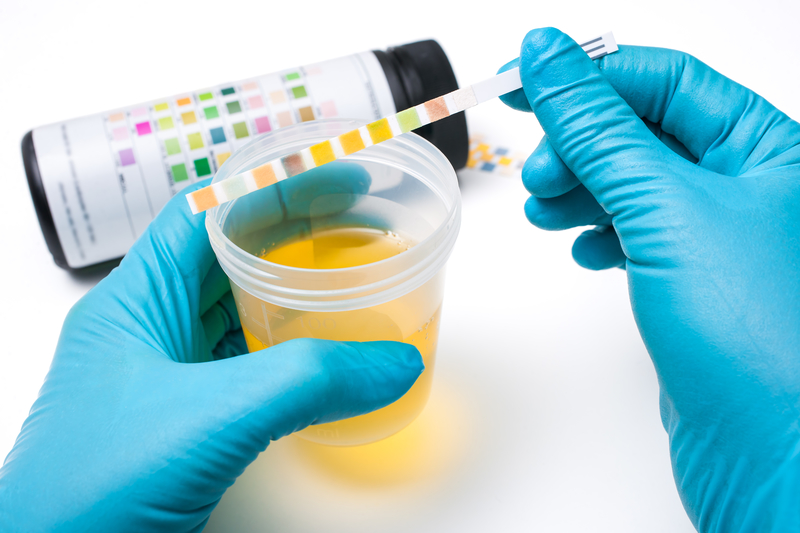What Your Urine Color Is telling You About Your Health?!
What Your Urine Color Is telling You About Your Health?!

Ever wonder what gives urine its yellow color? Surprisingly, the color and smell of urine can give you a clue about your health. For instance, dark urine indicates dehydration. Pink or reddish urine may be a sign of bladder infections. Transparent urine shows that you may be drinking too much water. You can learn a lot about what’s going on the inside by taking a closer look at your pee. Though urine color varies from one person to another, it’s still a good indicator of your health.
What Causes Your Urine Color to Change?
Urine can have a variety of colors, from a light straw color to a blue, green, or orange color. The yellow color is given by urichrome, a chemical byproduct released when the kidneys flush out waste from your system. Every time you drink water, it passes through your kidneys, ureters, and bladder before being expelled through the urethra. Certain foods and medications can change your pee color, making it look brown, red, or pink.
If you’re healthy, your pee should be pale yellow. Clear urine indicates that you’re drinking too much water or taking diuretics. The darker your pee color, the more dehydrated you are. Foods and medications contain pigments that can change urine color. For instance, berries and beets give pee a red color. In general, drugs and supplements result in a bright yellow, raspberry red, or blue urine color. B-complex vitamins can make your pee look like a neon billboard.
Urine may also change its color because of kidney disease, hypercalcaemia, urinary infections, muscle injury, and other conditions. For example, too much exercise can lead to muscle injury, which in turn, gives pee a dark brown or pink hue. This problem is commonly referred to as “coca cola pee” and requires immediate treatment. The amount of water consumed throughout the day influences urine color too. As a rule of thumb, if your pee color falls outside the yellow spectrum, call a doctor.
Urine Color Palette
Food, drugs, and health issues are the primary causes of abnormal urine color. In general, vitamins will give your pee a bright yellow color hue. Carrots can change its color to orange. Dark urine color shows that you need to drink more water. Senna laxatives and iron injections can give urine a dark color as well.
A diet that’s too high in calcium may result in blue urine. If your pee is orange or amber all the time, you may have liver disease. Red urine can be a sign of iron deficiency, kidney stones, or kidney infections. In rare cases, it may indicate urinary tract infections or prostate problems.
If your pee looks foamy, your kidneys may have trouble breaking down protein. Cloudy urine can be a sign of sexually transmitted diseases. Green urine is usually a side effect of asparagus, artificial food colorings, black licorice, antibiotics, or gallbladder problems. Light orange urine may be caused by liver or bile duct issues. Milky or white pee indicates an excess of phosphate, calcium, or other minerals.
As you can see, pee color can tell a lot about your health. If you notice anything unusual, get your urine checked. Remember that early diagnosis can prevent complications and even save your life.

